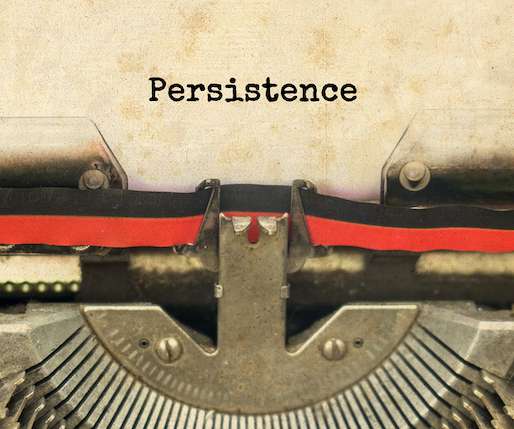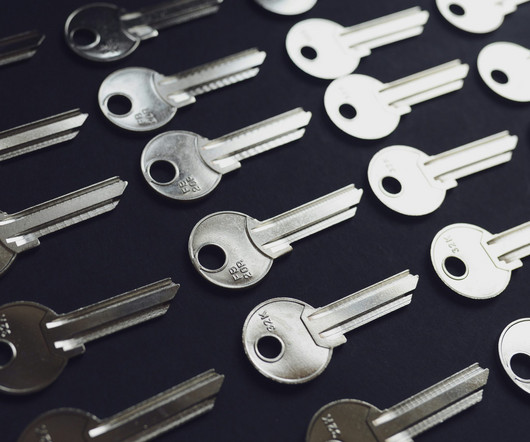The Original APT: Advanced Persistent Teenagers
Krebs on Security
APRIL 6, 2022
“They would just keep jamming a few individuals to get [remote] access, read some onboarding documents, enroll a new 2FA [two-factor authentication method] and exfiltrate code or secrets, like a smash-and-grab,” the CXO said. “These guys were not leet , just damn persistent.” ” HOW DID WE GET HERE?











Let's personalize your content